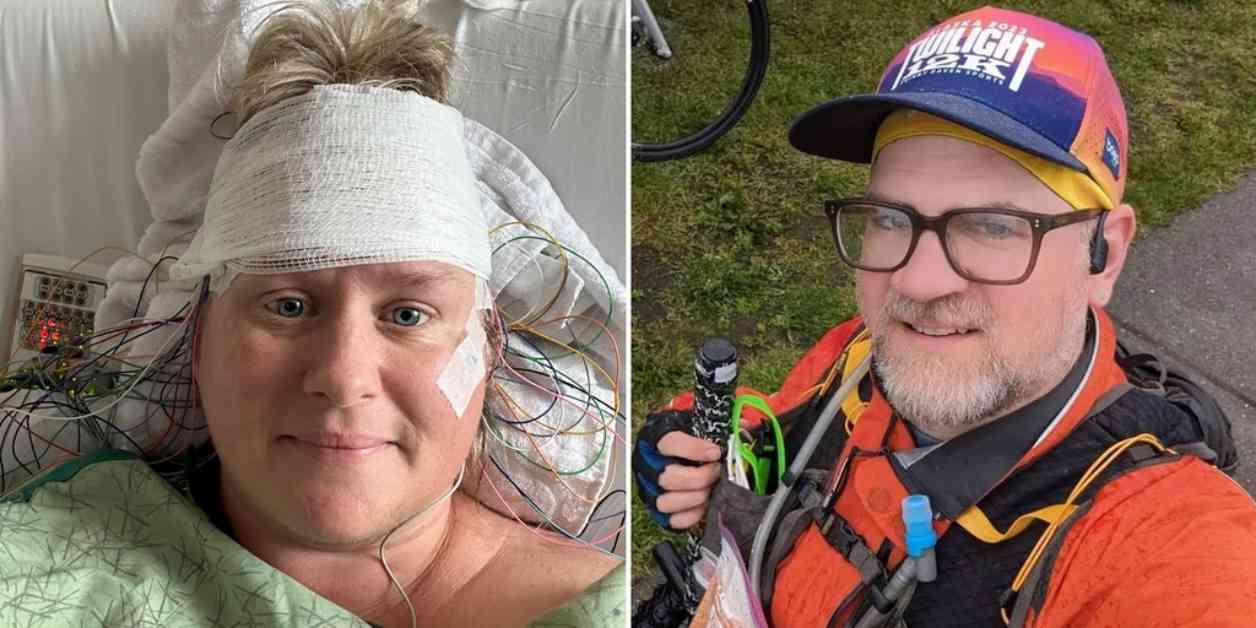Stiff Person Syndrome (SPS) is a rare neurological disorder that has gained attention due to singer Celine Dion’s battle with the condition. This disease affects only one or two people per million, causing muscle rigidity, pain, and spasms. Two individuals, Carrie Robinette from San Diego and Corwyn Wilkey from Anchorage, shared their experiences living with SPS.
Carrie Robinette, a Navy wife and mother, struggled with various health issues for over 15 years before being diagnosed with SPS. She experienced painful full-body spasms, leading to a year of testing and visits to specialists in various fields. Robinette highlighted the challenges of diagnosing a rare disease like SPS and the lack of definitive testing available.
Corwyn Wilkey, a father and singer, noticed muscle spasms in his larynx while performing with his band. His symptoms progressed into full-body seizures, leading to an official diagnosis of SPS in 2021. Wilkey described the physical challenges he faces, including muscle stiffness, cognitive decline, chronic pain, and fatigue.
While there is currently no cure for SPS, treatments are available to manage symptoms and improve patients’ quality of life. Medications like diazepam and baclofen are commonly used to reduce muscle stiffness and spasms. Patients may also undergo intravenous immunotherapies to help reduce autoantibodies. Despite the availability of treatments, some medications can have intense side effects.
Both Robinette and Wilkey shared the mental and emotional toll of living with SPS. They highlighted feelings of frustration with the medical system, depression, and the challenges of dealing with chronic pain and loss of independence. Stress management is crucial for SPS patients, as emotional stress can trigger or worsen symptoms.
Stiff Person Syndrome predominantly affects women between the ages of 30 and 60 years, with a higher prevalence in individuals with other autoimmune disorders. The disease is progressive and ultimately terminal, emphasizing the importance of building a strong support network and seeking education from reliable sources.
For those living with SPS, it is essential to work closely with a multidisciplinary medical team, practice stress-reduction techniques, and stay physically active under professional guidance. Connecting with other survivors and developing a solid support system are crucial for coping with the challenges of SPS.
Sharing experiences and raising awareness about SPS can empower patients and increase visibility for the condition. By advocating for better care and support, individuals living with SPS can work towards improving their quality of life. For more information and resources on Stiff Person Syndrome, visit The Stiff Person Syndrome Research Foundation’s website at www.stiffperson.org.




